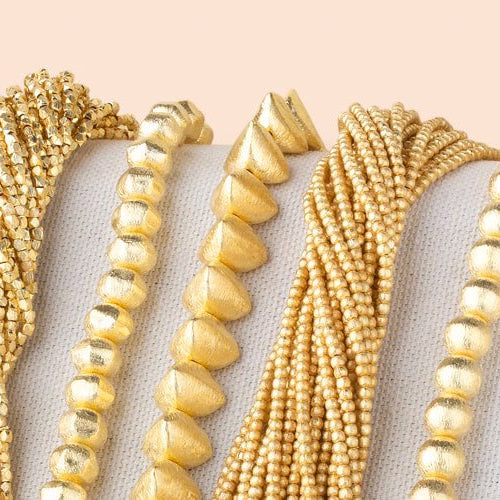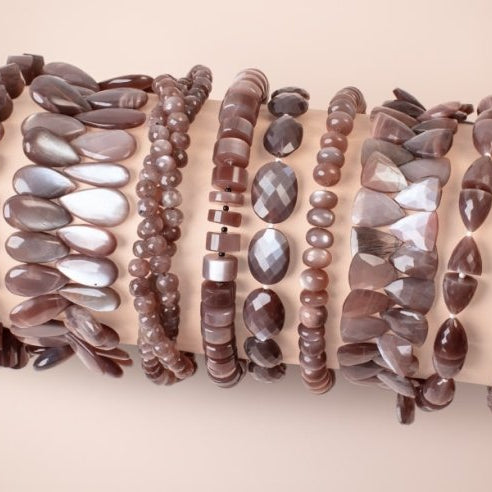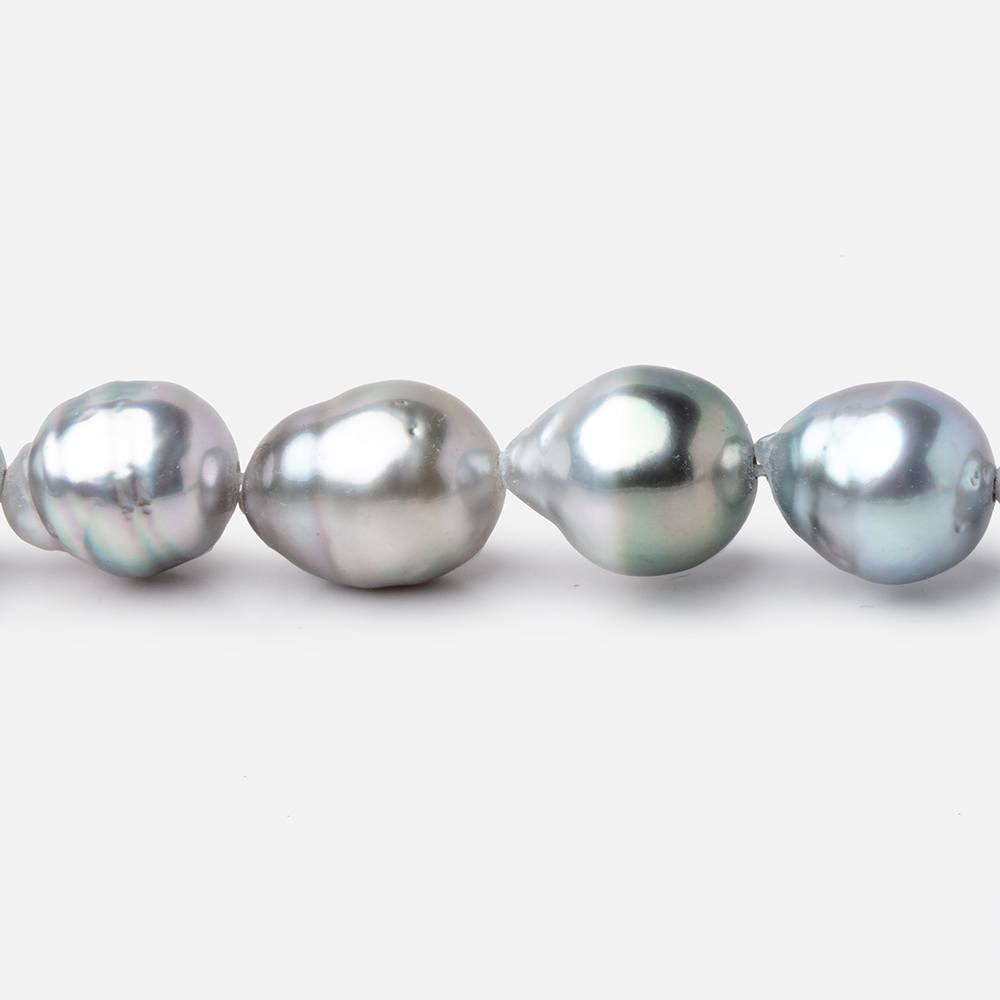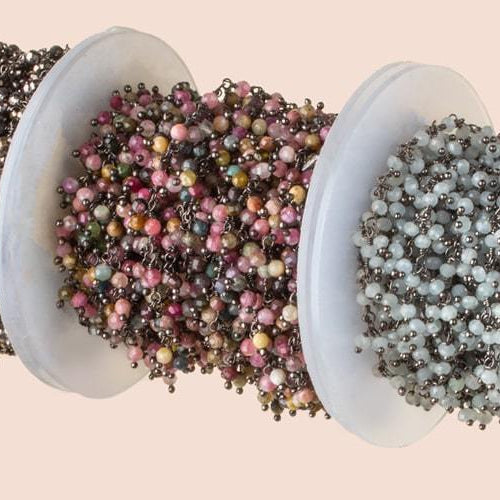Thinking about buying a gemstone? Not sure how to go about it? Gemstones are used in many pieces of jewelry to create stunning works of art. Gemstones come in a variety of different types, shapes, cuts, and colors that are adored by many people around the world.
To properly appraise a gemstone takes years of practice, study and training. If you want a proper appraisal of a gemstone, it’s best to seek advice from a professional gemstone company who specializes in this type of thing. However, although it may take years to learn how to value gemstones correctly, the following is a basic guide you can use when you’re considering buying a gemstone.
The Four Cs: Carat, Clarity, Cut, and Color
When it comes to gemstones and jewelry, you may have heard about the 4 Cs. The 4 Cs refers to the system that’s used to find the value of the gemstone, and it is best known for finding the value of diamonds.
If you’re unsure as to what the 4Cs mean, the following will give you a good indication:
Color – When establishing a gemstone’s value, the color is one of the most important considerations. It also represents the appeal of the gemstone. Depending on the gemstone, you’ll find some come in a number of different colors, while others have a narrower range. Although there’s a wide range, there’s a preferred color range which many people tend to purchase, and the closer the stone is in color to this range, the more value it will have.
When calculating the color, there are three separate dimensions. These include the hue, saturation, and tone. The hue refers to the actual type of color: red, green, blue, or yellow. The tone refers to how dark or light the stone is. Saturation pertains to the color purity and how much color is present when deciding on the stone’s visual intensity.
Cut – The cut of the stone refers to the workmanship and how the stone is faceted. The cut determines the design and shape of the stone and, depending on how the cut has been completed, it will determine how much light is reflected back through the stone. The cut makes all the difference between a boring stone or a dazzling stone that’s valuable.
Clarity – Clarity refers to the absence of any flaws such as inclusion or blemishes on the stone’s surface areas. Depending on the type of the gemstone, the clarity standards will vary. The Gemological Institute of America has developed a proper grading system for stone clarity which all stones are assigned to. This grading includes:
- VVS1-VVS2 (Very Very Slightly Included)
- VS1-VS2 (Very Slightly Included)
- SI1-SI2 (Slightly Included)
Inclusions don’t necessarily mean that the value of the stone is reduced, but there is a relationship between higher value and clearer gemstones. The fewer flaws within the stone, the higher the price of the gemstone will most likely be.
Carat – The carat of a gemstone refers to the weight and how each gemstone size is quantified. The carat is the standard unit used for metric weight that has been adopted by the rest of the world. One carat is equal to 0.2 (1/5) grams.
When and Where You’ll Wear the Gemstone Jewelry
When considering your gemstone jewelry purchase, it’s important to look at where and when you’ll be wearing it. Gemstone jewelry is usually an accessory to clothing pieces, and you’ll need to consider what you’re going to be wearing with your gemstone.
Obviously, you’ll have to consider color. The color should match the occasion where you’re looking to wear it and the color of clothing you’ll be wearing. You have to ask yourself, will they conflict or match?
Gemstone Hardness vs. Type of Wear
It’s important to understand that not all gemstones are the same when it comes to hardness. As an example, Amber is rated 2 on the Mohs scale of mineral hardness. Diamonds, on the other hand, are rated 10. The scale is determined by how natural matter is able to scratch each stone.
When purchasing your gemstone, it’s important to keep this in mind if you’re looking to wear your jewelry in more demanding outdoor or occasion-specific applications. The harder the gemstone, the more it will withstand scratches and bumps.
Conclusion
So, when it comes to buying a gemstone, it’s important to take all these differences into consideration. By following these tips and knowing the 4Cs, you can easily make the right decision for you and your lifestyle needs. Remember to always buy your jewelry from a respected gemstone jewelry company. So, what type of gemstone did you choose?










